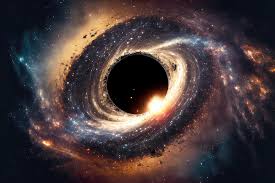The life cycle of a star
Nuclear Fusion:
Nuclear fusion is when two smaller nuclei join together to create one larger nucleus, which releases a great amount of energy when it does. Because of the like attractions of each of the two nuclei, a lot of energy is necessary to overcome the repulsion between the nuclei. This amount of energy is not available on Earth, but does occur in stars.
Nuclear fusion in stars:
Stars are made of hydrogen and because of the large amount of energy from the gravity pulling the particles together, it causes the hydrogen nuclei to undergo nuclear fusion and become helium. Then the helium nucleus and hydrogen nucleus can then fuse to make lithium and so on until iron. This is because any nucleus greater than iron would take too much energy to fuse.
The start of a star’s life:
Nebula: a cloud of dust and particles remaining from the big bang or remnants of old stars and planets

Protostar: the particles are attracted to each other due to the gravitational attraction and the kinetic energy gained by the particles causes nuclear fusion to occur

Main phase: small hydrogen atoms fuse together to create larger atoms - helium to carbon until iron. This phase continues for billions of years until the hydrogen runs out. The star reaches an equilibrium - the amount of energy going into the sun and keeping the star together (gravity) is equal to the amount of energy going out (as nuclear fusion releases a great amount of energy).
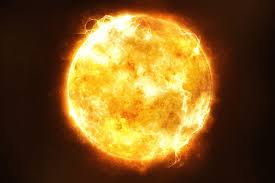
Death of a Star:
For low mass stars:
Red Giant: when almost all the hydrogen is run out, the star will expand, engulfing any nearby planets.
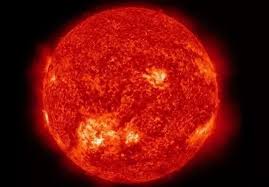
White Dwarf: the outer layers are blown away and the rest collapses on itself as the gravity is so strong.
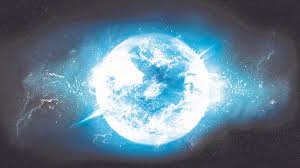
Black dwarf: the white dwarf eventually cools down and fades from sight.
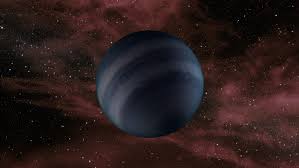
For high mass stars:
Super red Giant: it is like the red giant but bigger and has a denser core.
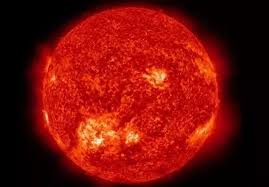
Supernova: the rapid collapse of the star results in a massive explosion, generating enough heat to cause further fusion forming elements as large as gold.
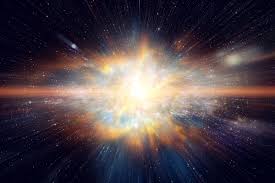
Smaller high mass stars:
Neutron star: a rapidly spinning planet-sized mass left from the core

Larger high mass stars:
Black hole: a small ball of matter that collapsed under its own gravity, with a graviational pull so strong that even light cannot escape.
